‘We just want to sleep without fear we will be killed in our beds’
In Nigeria’s Plateau state, Martha Dalyop awoke to gunfire one night in December.
Within minutes, her village was surrounded by armed attackers.
Despite frantic calls to security forces stationed just 7km away, help arrived five hours later — long after the attackers had disappeared, leaving 37 dead, including Martha’s husband and two children.
“They came from all directions. We had nothing to defend ourselves with,” Martha recounts. “The government says we cannot have weapons to protect ourselves but they also cannot protect us. What are we supposed to do?”
This scenario, repeated hundreds of times across Nigeria’s vulnerable Middle Belt communities, represents more than a national tragedy — it signals a regional crisis with profound implications for West African stability.
Nigeria’s persistent security failures are creating ripple effects across West Africa:
- Refugee flows: Displaced populations from affected communities are increasingly crossing into neighbouring countries, straining regional resources;
- Arms trafficking networks: The weapons supply chains arming attackers in Nigeria connect to militant groups across the Sahel;
- Radicalisation concerns: Communities abandoned by state protection become vulnerable to recruitment by extremist organisations operating across porous borders; and
- Economic disruption: Nigeria’s role as West Africa’s largest economy means agricultural collapse in the “food basket” regions impacts food security throughout the region.
The systematic attacks in Plateau state follow consistent patterns: nighttime raids on sleeping communities, attackers carrying sophisticated weapons, telecommunications mysteriously failing before assaults and security forces arriving hours after the perpetrators have fled.
Nigeria’s Firearms Act effectively prevents law-abiding citizens from possessing defensive weapons while failing to stop the proliferation of illegal arms among attackers.
Ibrahim Musa, a community leader in Bokkos Local Government Area, explains: “When we applied for licences to protect our village, we were denied. The process requires multiple trips to the capital, connections to officials and fees no farmer can afford. Meanwhile, those who attack us carry weapons freely.”
While the Nigerian constitution recognises self-defence rights, firearm regulations make it nearly impossible for threatened communities to legally prepare for defence.
Several nations have developed balanced approaches to firearms regulation that Nigeria could adapt:
The Czech Republic maintains regulated civilian ownership with thorough vetting and training requirements, while Finland recognises the unique security needs of rural populations through specialised licensing
These models demonstrate that regulation, rather than prohibition, can balance legitimate safety concerns with citizens’ protection needs.
Nigeria needs pragmatic reforms that acknowledge both public safety concerns and the reality that state security has consistently failed vulnerable communities:
- Community protection licensing: Create a legal framework for vulnerable communities to maintain defensive capabilities under strict oversight.
- Comprehensive safeguards: Implement robust vetting, mandatory training and secure storage requirements.
- Modernised enforcement: Focus on controlling illegal trafficking rather than restricting legal ownership.
- Integration with existing security: Formalise community defence structures with clear protocols for coordination with security forces.
“This isn’t about undermining state authority,” emphasises Joseph Lengmang, former director general of the Plateau Peace Building Agency. “It’s about creating regulated pathways for communities to protect themselves when the state cannot reach them in time.”
Since January 2023, over 200 communities across Plateau state have experienced attacks resulting in more than 1 800 deaths. Behind each statistic is a story like Martha’s — families torn apart, livelihoods destroyed and survivors left wondering why their government prohibits them from defending themselves when it cannot provide protection.
James Tsok, who lost his entire family in a 2023 attack in Mangu, puts it simply: “We don’t want to fight anyone. We just want to sleep without fear that we will be killed in our beds with no chance to protect ourselves.”
The world cannot afford to ignore Nigeria’s security collapse. As Africa’s most populous nation and largest economy, Nigeria’s stability is essential for regional security. When communities lose faith in the government’s ability to protect them, the foundations of the state itself begin to crumble.
Redzie Jugo leads the Srarina Initiative for Peace, Justice & Development, working directly with affected communities across Nigeria’s Middle Belt.



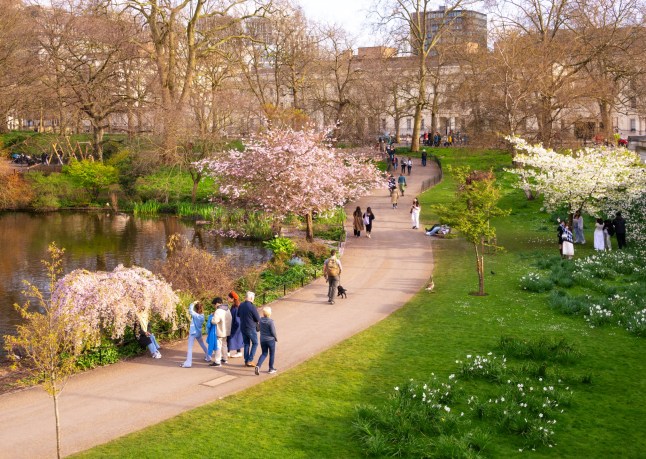
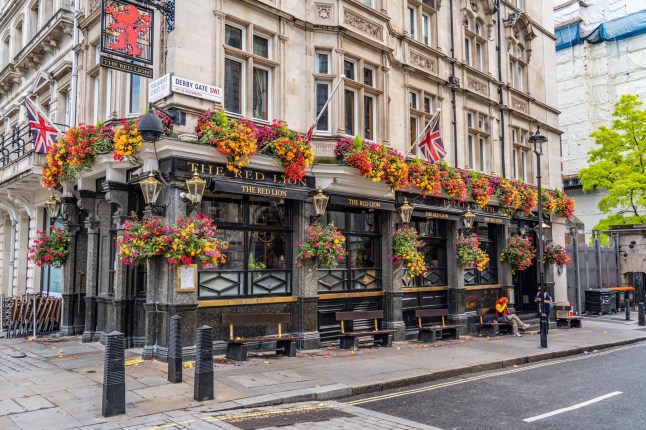

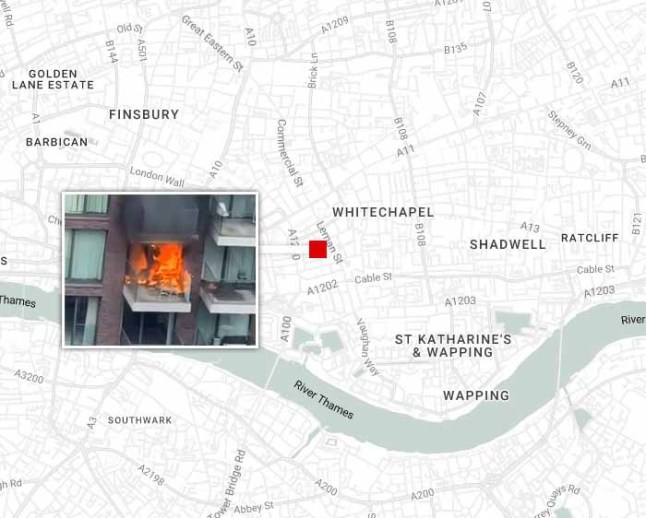




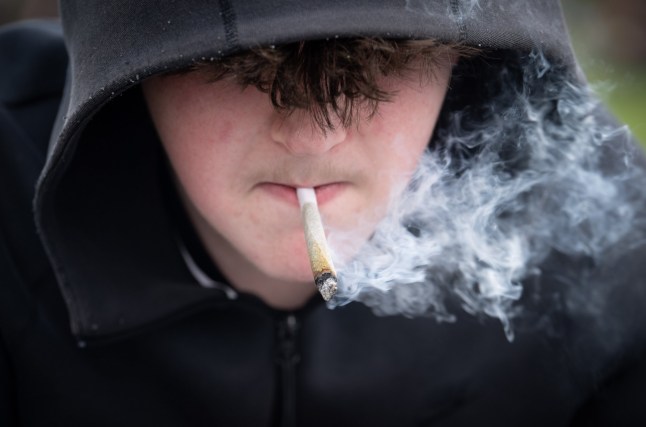



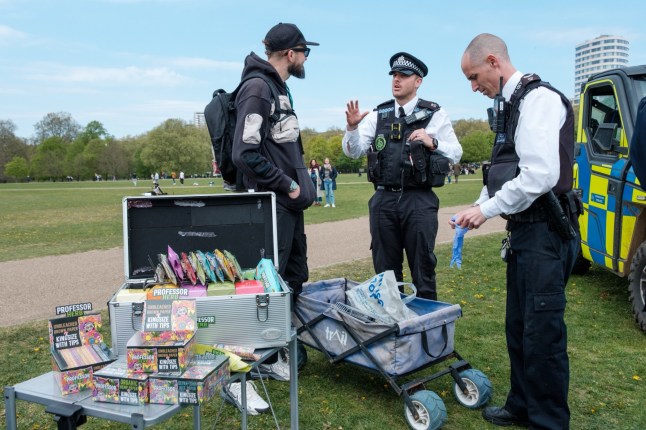


![NEWS [UK] Popular discount store announces more store closures in blow to high street](http://www.phithuongbatphu.com/wp-content/uploads/2025/04/SEI_248209749-0b7c.jpg)

